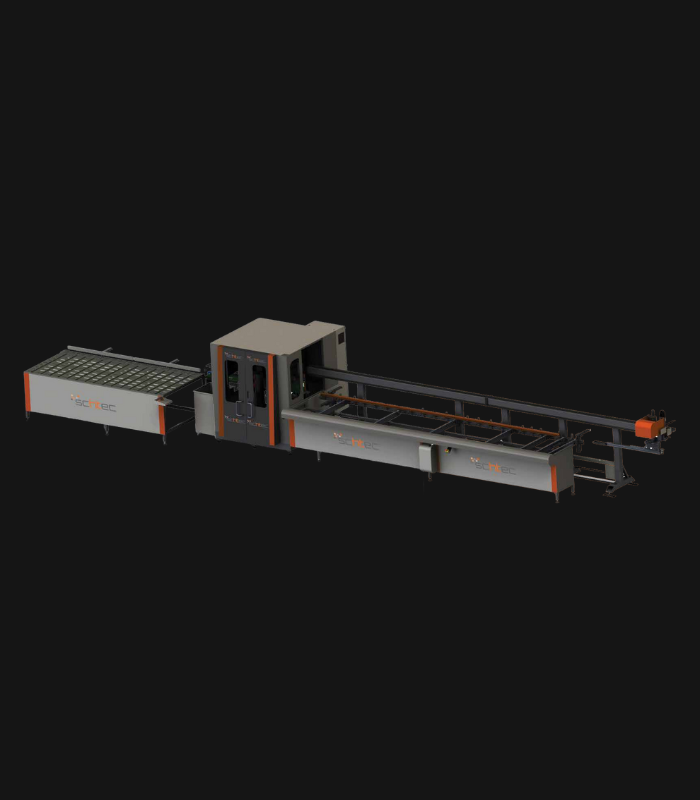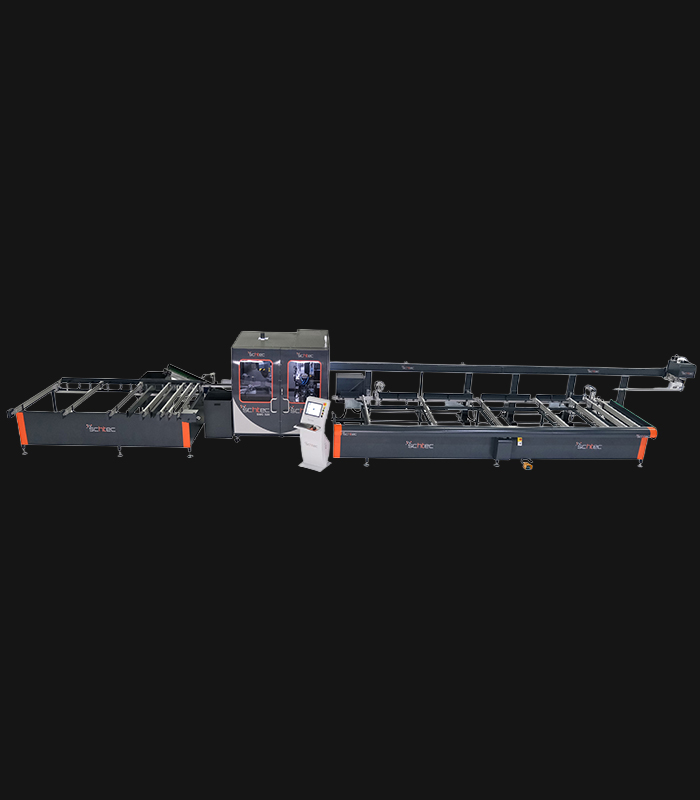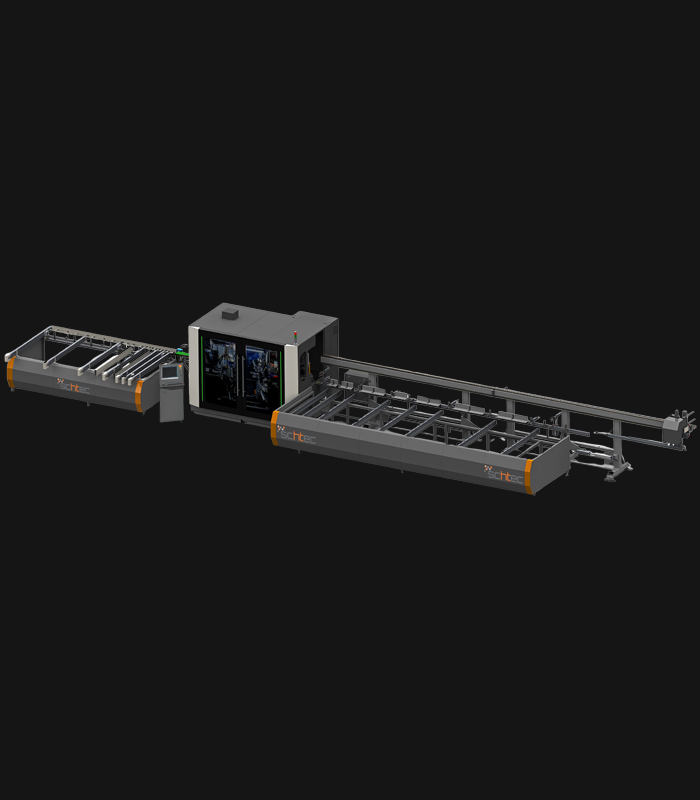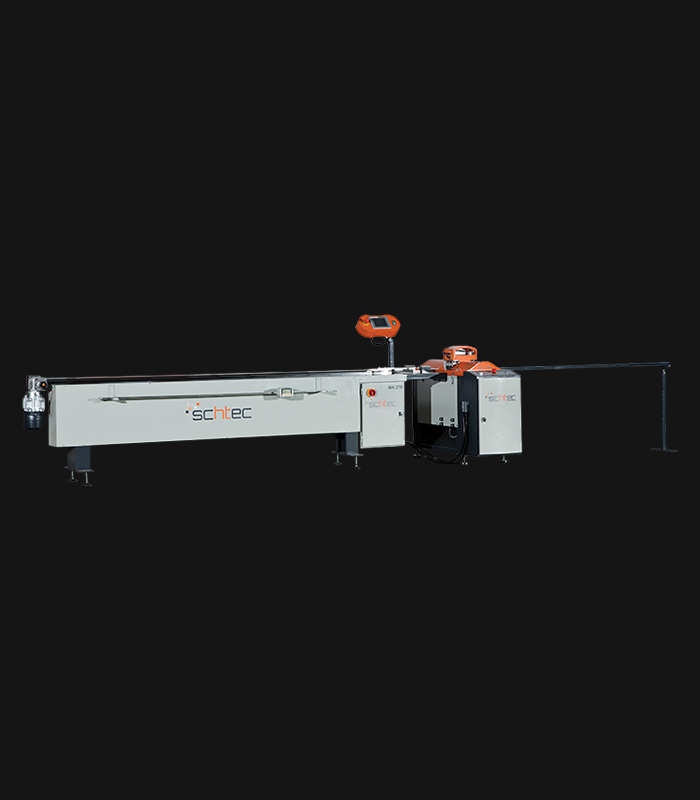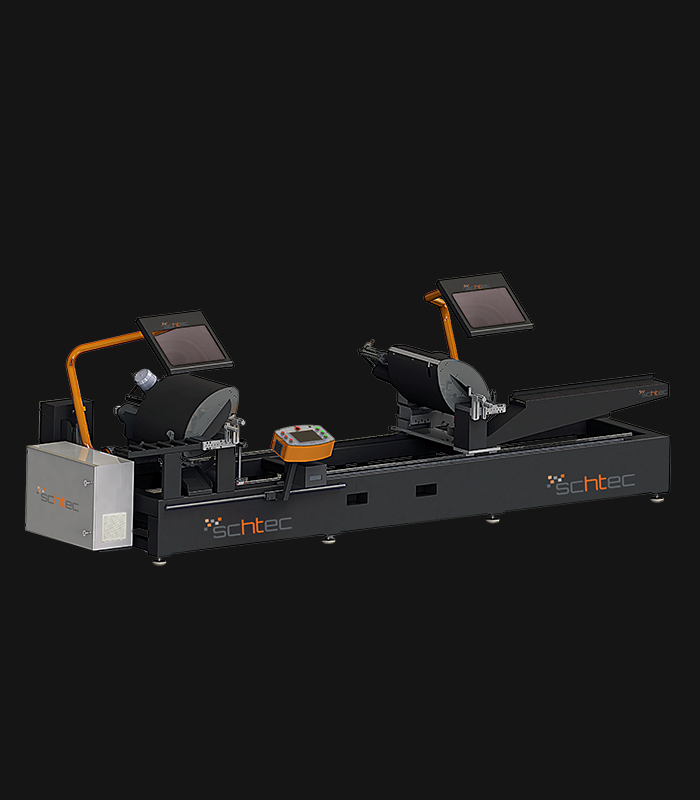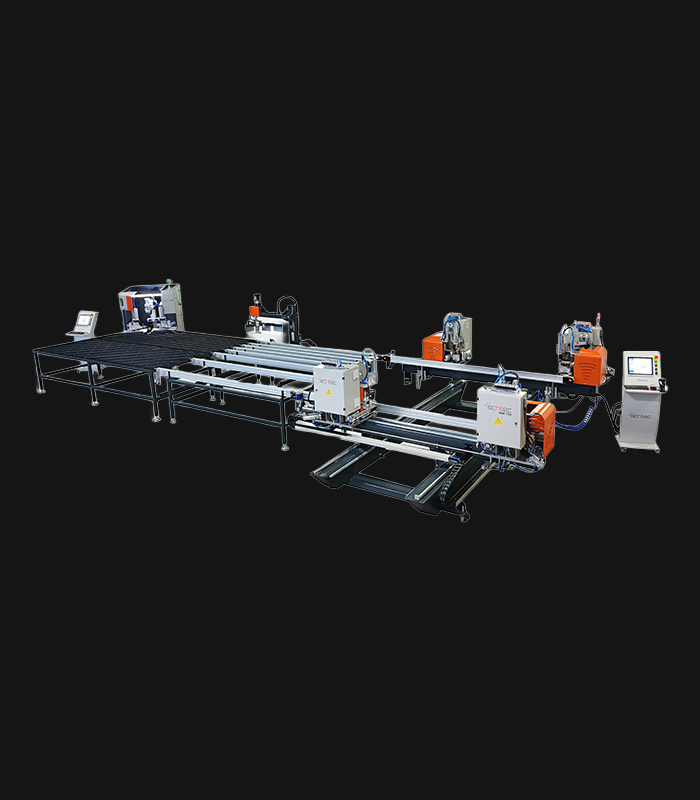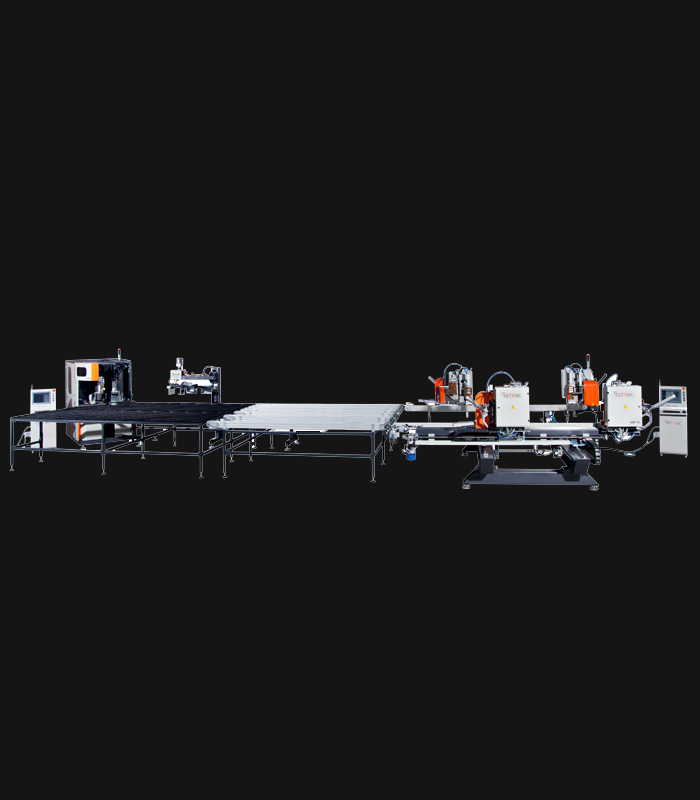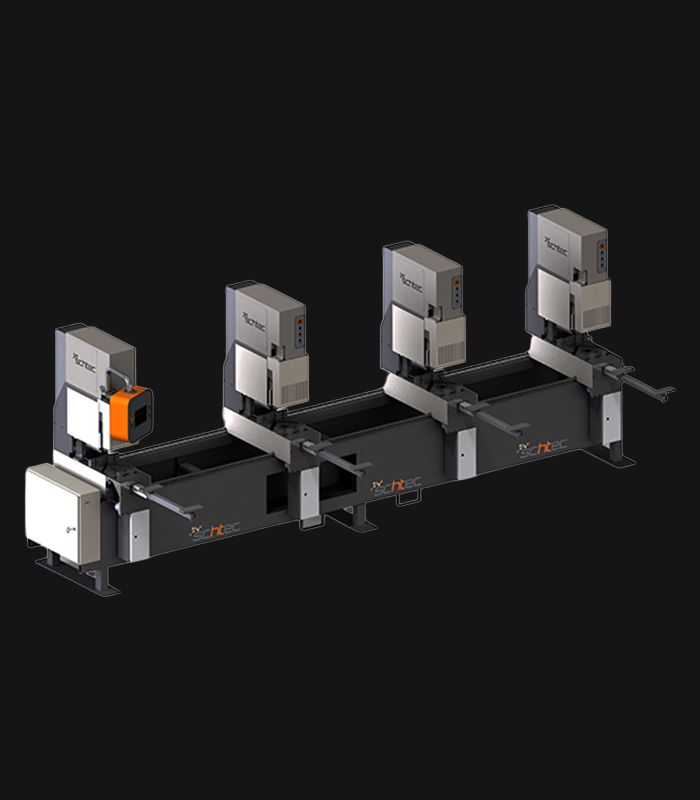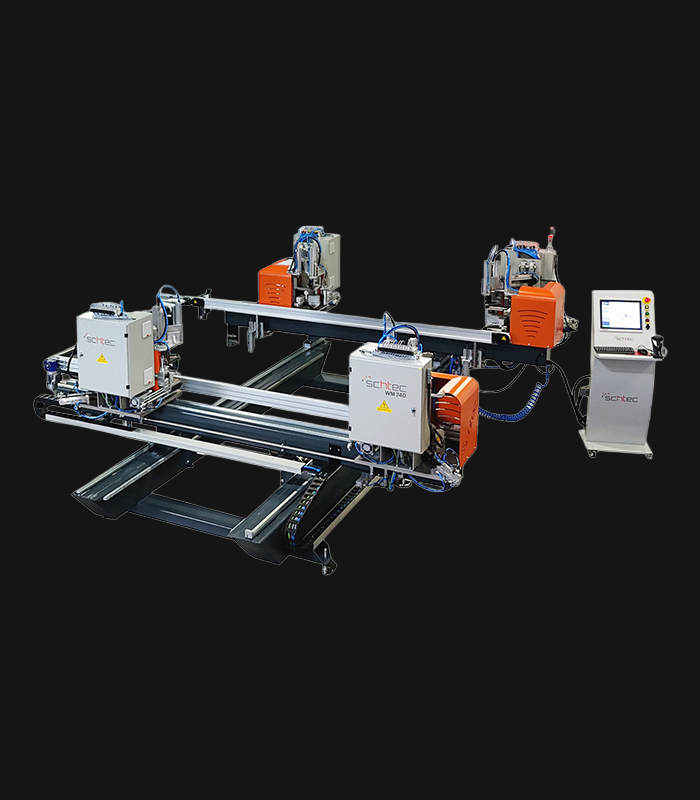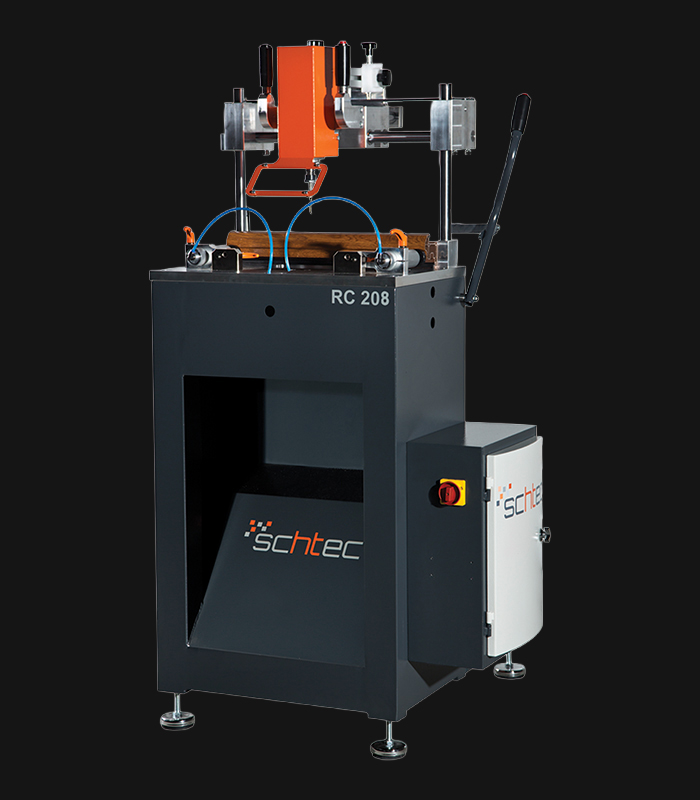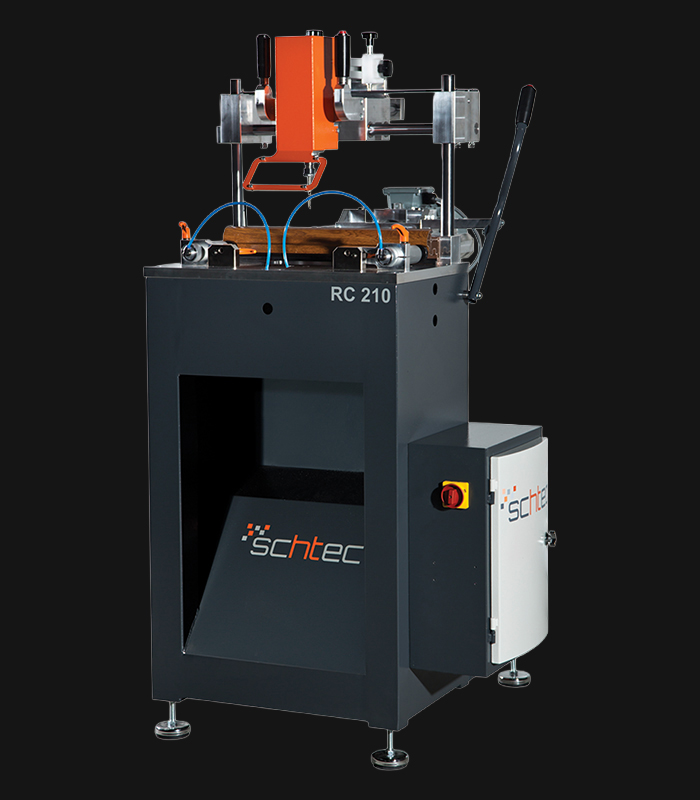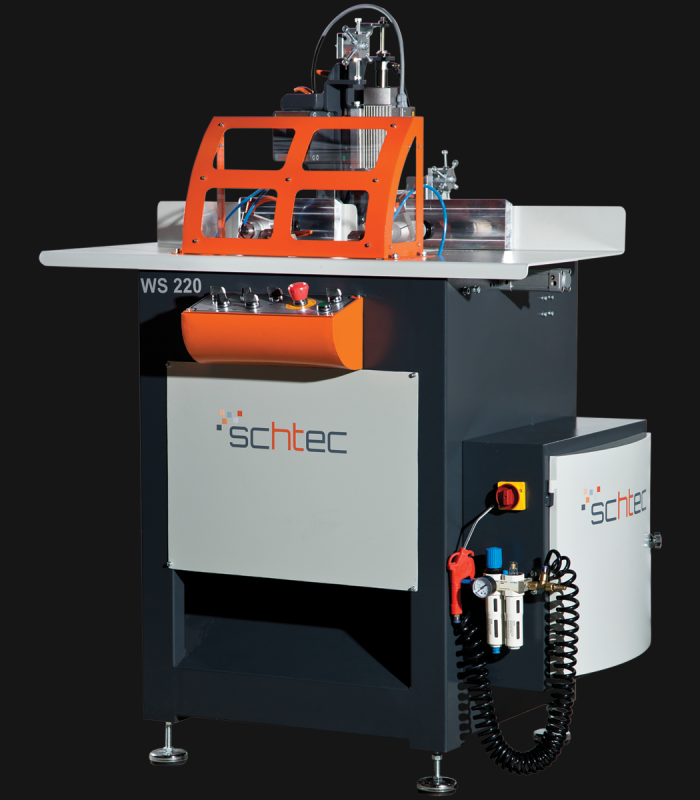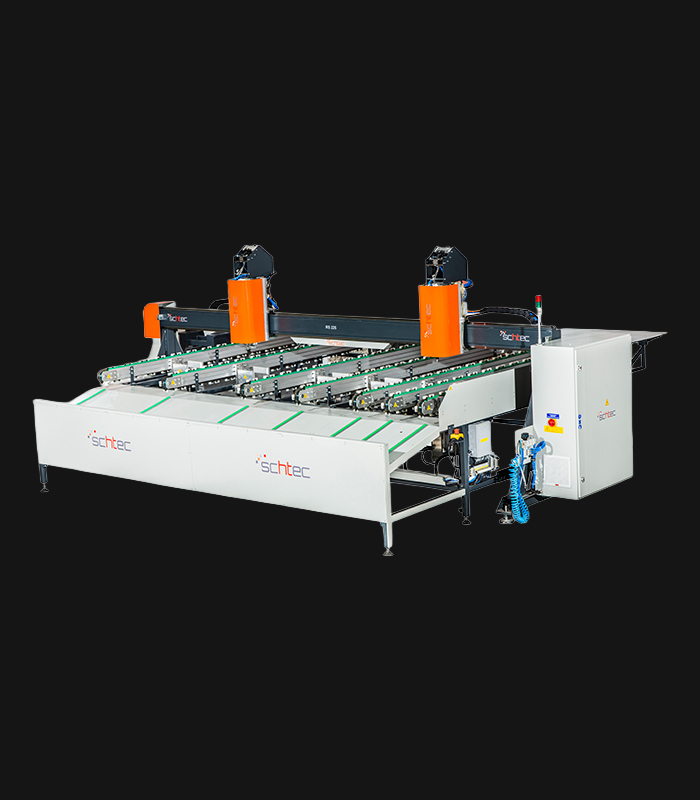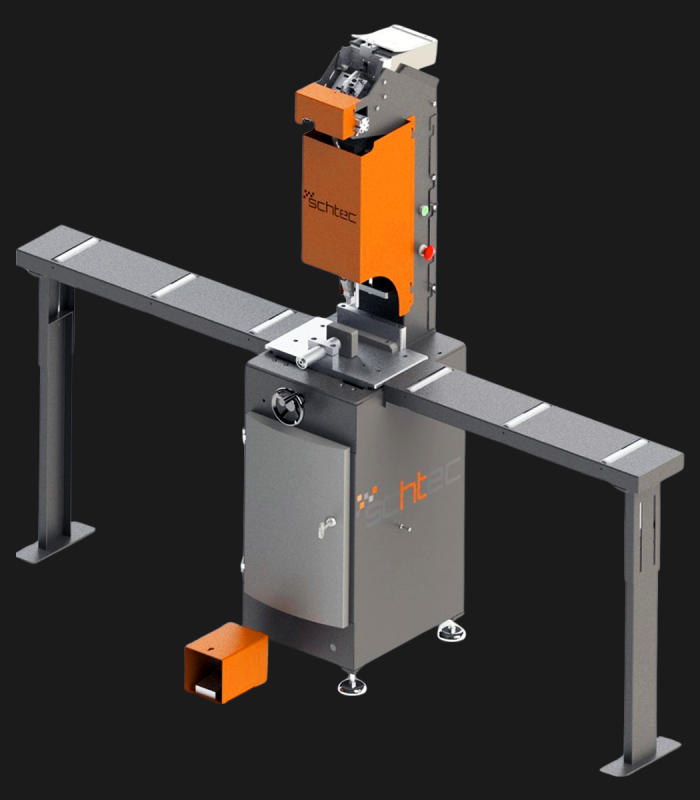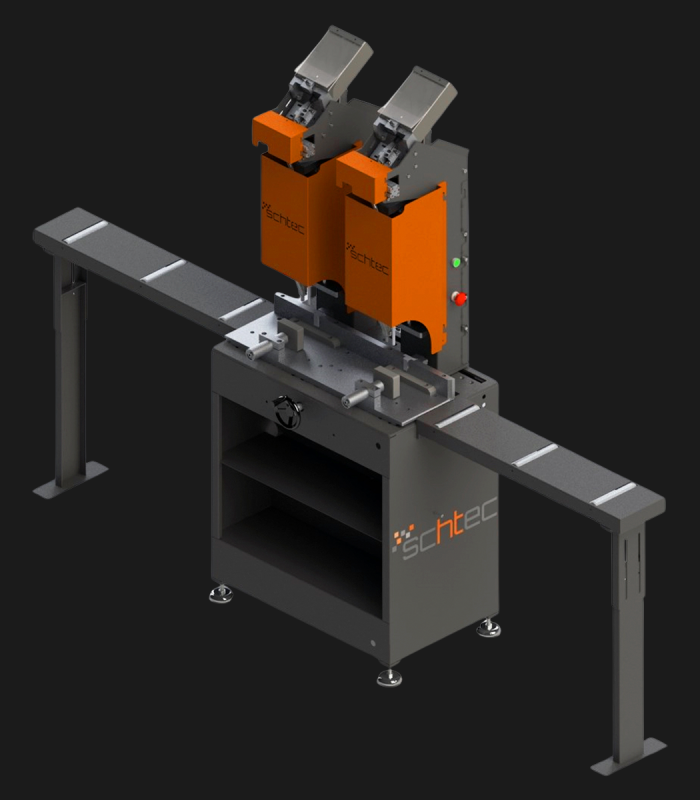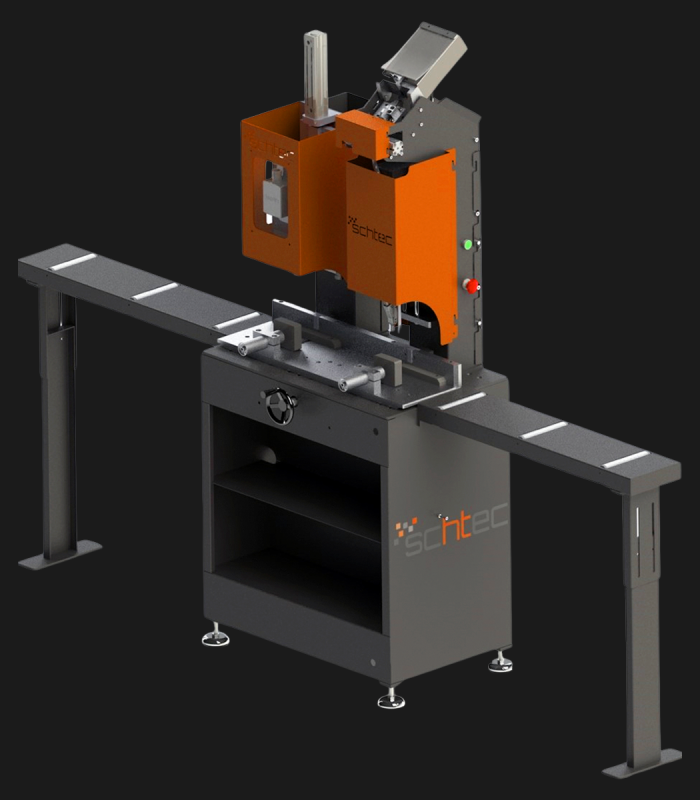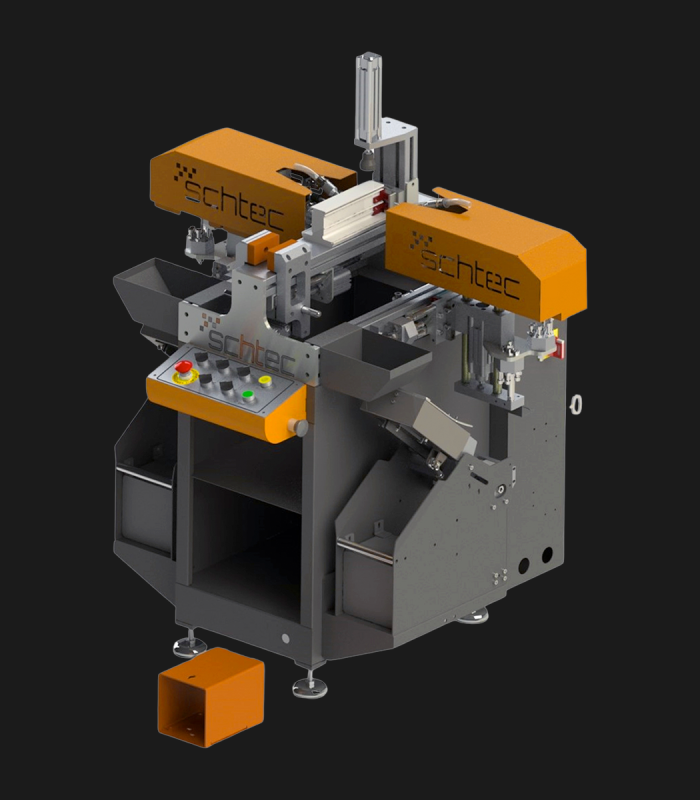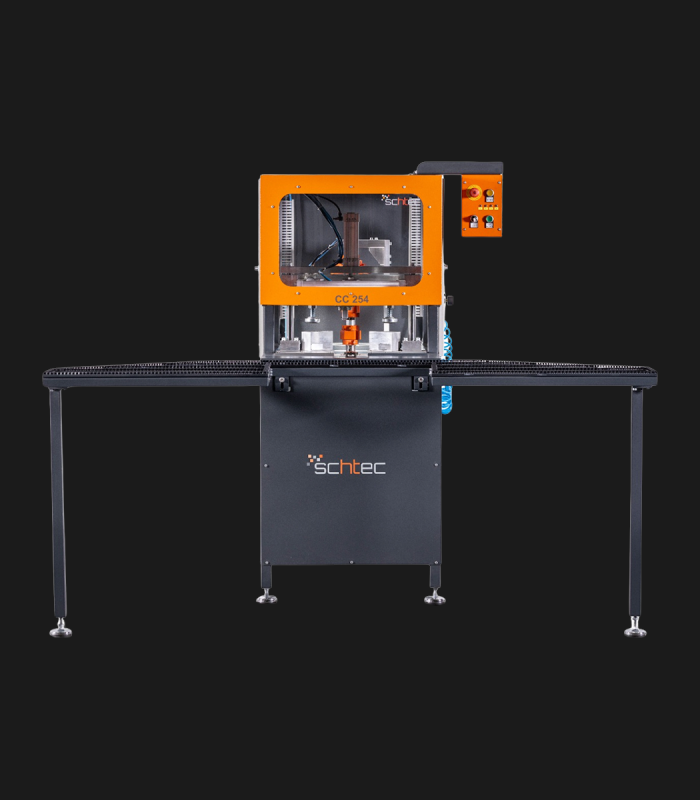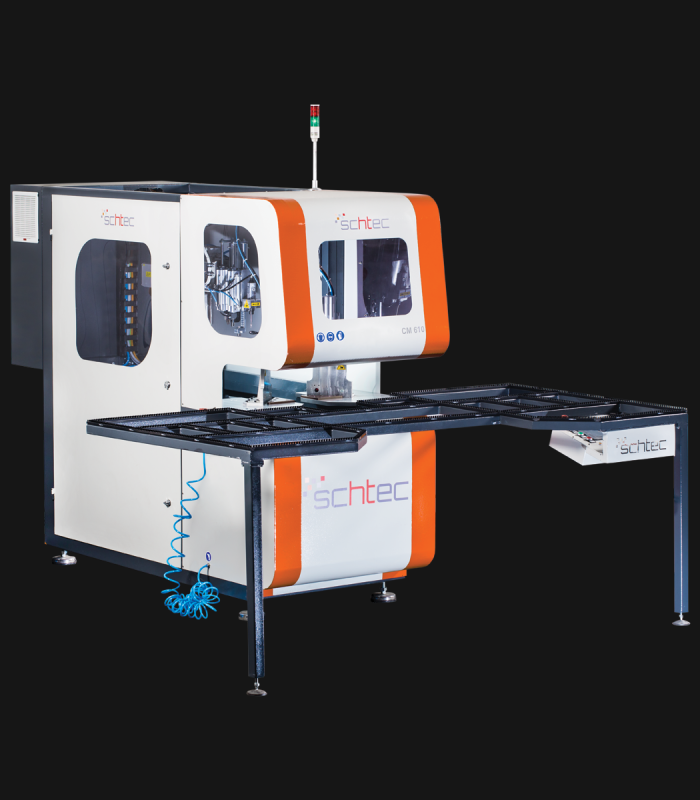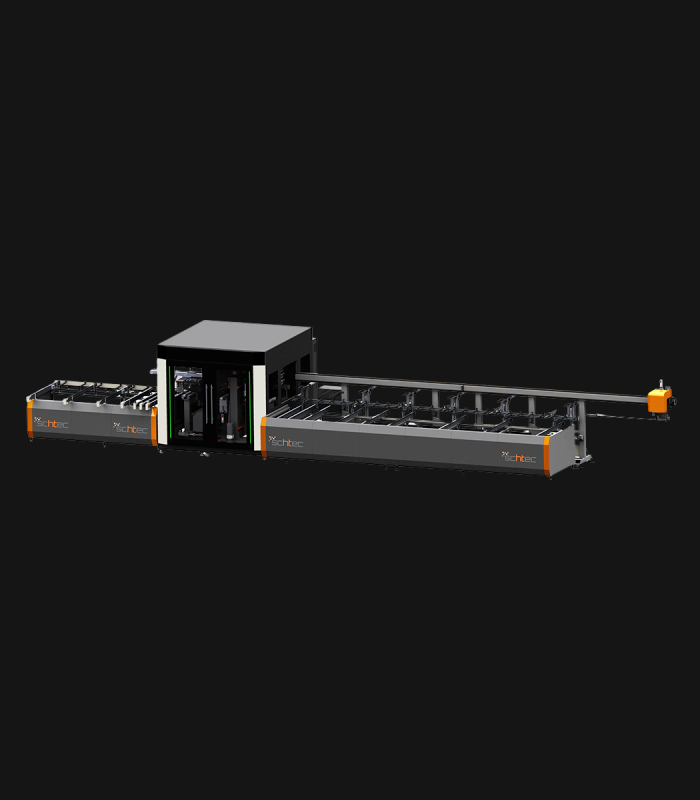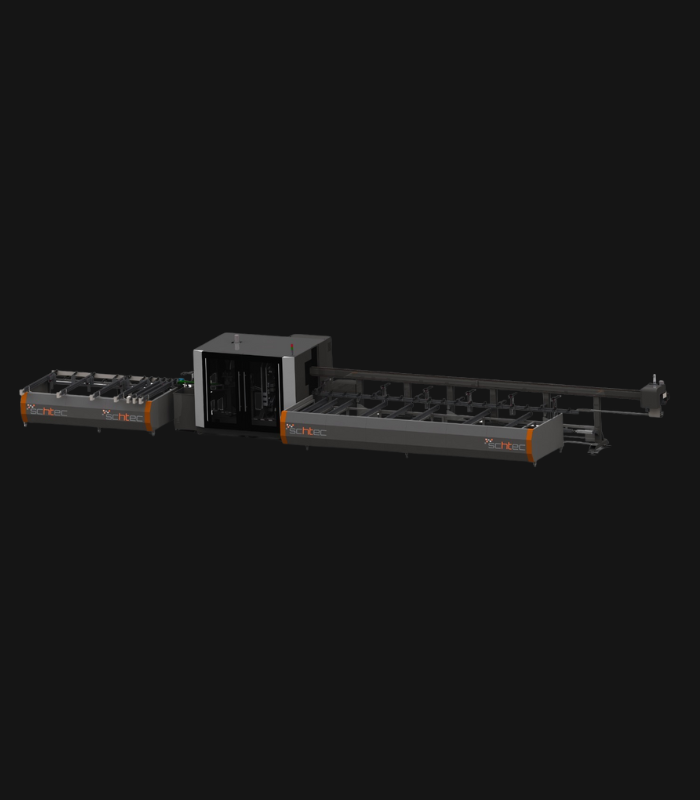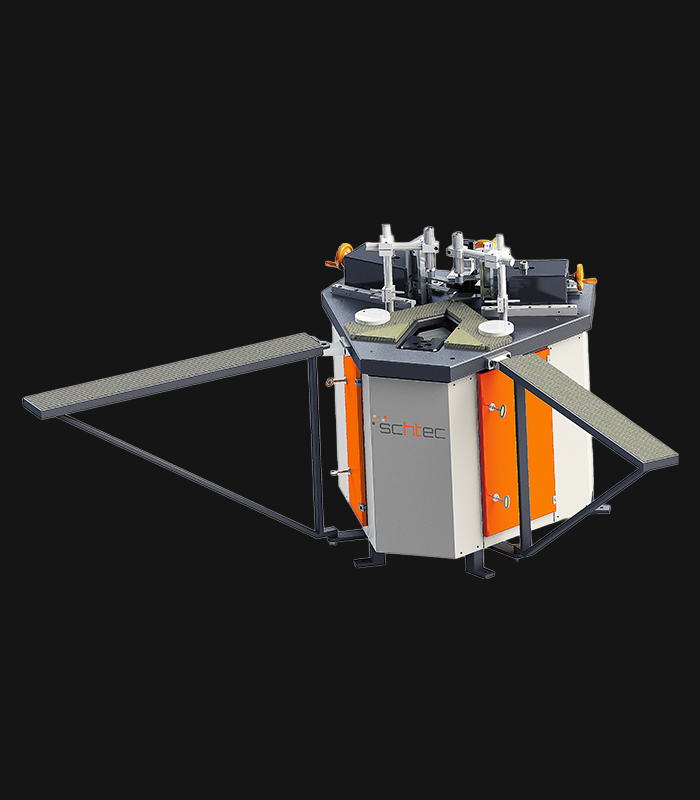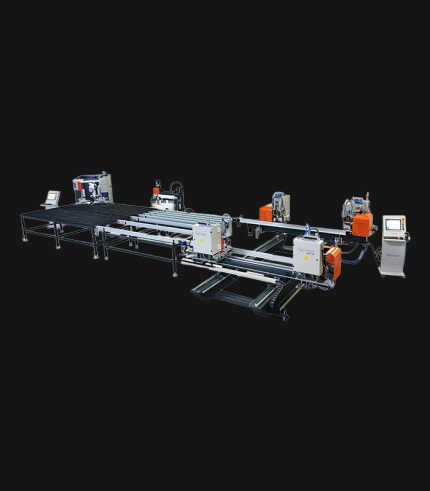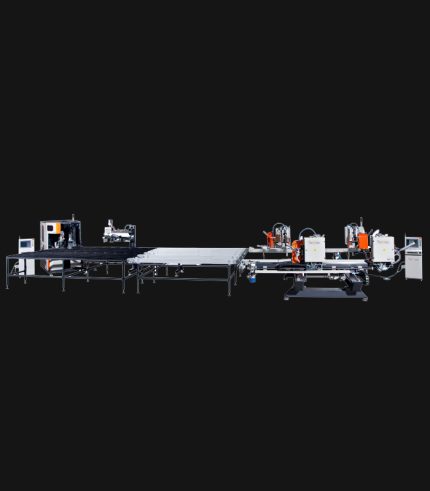- PVC Machines
- Profile Processing & Cutting Centers
-
Products
- SMC 360 Profile Processing & Cutting Center
- SMC 320 Profile Processing & Cutting Center
- SMC 310 Profile Processing & Cutting Center
- SMC 308 Profile Processing & Cutting Center
- SMC 305 Profile Processing Center
- SVMC 120 Profile Processing & V-Type Cutting Center
- CSML 240 Fully Automated Processing Center
-
Products
- Cutting Machines
-
Products
- DCA 460 Servo Controlled Double Head Aluminium Cutting Machine
- DCA 435 Double Head Aluminium & PVC Cutting Machine
- SD 140 Double Head PVC & Aluminium Cutting Machine
- SS 110 Single Head PVC & Aluminium Cutting Machine
- SG 100/110 PVC Glazing Bead Saw
- SG 100 + MA 270 + MD 272 Electronic Digital Measuring Device
- SG 110 + MA 270 + MD 272 Electronic Digital Measuring Device
-
Products
- Four Head Welding & CNC Corner Cleaning Line
- Welding Machines
- Copy Router & Drilling Machines
- End Milling Machines
- Fully Automatic Profile Screwing Centers
- Screwing & Reinforcement Machines
- Corner Cleaning Machines
- Accessory Assembly Machines
- Profile Processing & Cutting Centers
- Aluminium Machines
- Services
- Corporate
- Contact us


